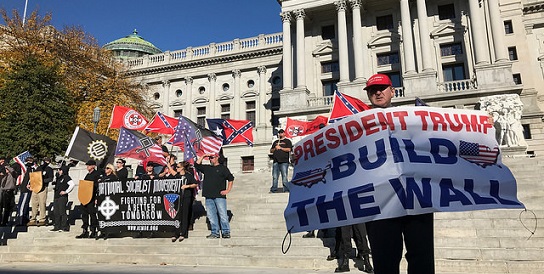When people break the rules of ethical behavior, we usually look for explanations by studying the personality of individual rule-breakers. Because of this, we don’t know as much about how unethical behaviors spread within groups and organizations. When we start to think about how people’s behaviors influence each other and become almost contagious, it raises a couple of important questions, including: Who has the most power to influence group norms, and how do these norms change how groups react to unethical behaviors specifically? A recent article by Bauman, Tost, and Ong (2016) looks at the ways that high powered people act as role models for lower-ranking people within organizations, changing how organizations tend to respond to wrongdoings. Across five studies, they found that when high-ranking members of a group modeled unethical behaviors, observers assigned less severe punishments for both high and low-ranking people. In other words, when people in charge demonstrate bad behaviors and get away with it, it helps create and reinforce new cultural norms that make behaviors that were once seen as unethical seem less deserving of punishment.
The implications of this study are critically important—especially as the US grapples with the impact of our election results this November and the spike in hate crime. This study suggests that high powered individuals also have the social power to change people’s standards of ethical behavior. This likely happens because they are role models with the visibility and power to re-define social norms around what is considered acceptable. If our goal is to retain high standards of ethical behavior, we should be very mindful – as members of organizations, as citizens, and as voters – that the unethical behavior of elected leaders threatens to have a negative impact on the moral integrity of their followers, too.
Bauman, C.W., Tost, L. P., & Ong, M. (2016). Blame the shepherd, not the sheep: Imitating higher-ranking transgressors mitigates punishment for unethical behavior. Organizational Behavior and Human Decision Processes, 137, 123-141. Photo Credit: Paul Weaver
 This work is licensed under a Creative Commons Attribution-NonCommercial-ShareAlike 4.0 International License.
This work is licensed under a Creative Commons Attribution-NonCommercial-ShareAlike 4.0 International License.
